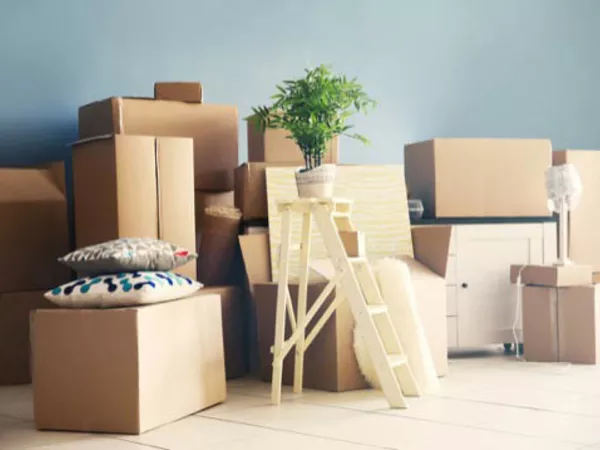How to Get Your Deposit Back When You Move
Tips for getting a rental deposit back from your landlord
The last time you thought about your security deposit was probably when you moved into your apartment or rent house. Now that it’s time to move out, you may be wondering whether or not you’ll see that money again. Before contacting the landlord, make sure you understand what security deposits are used for, what your renter’s rights are and what needs to be done to get the refund back in full.

How to get your security deposit back
1. Check the local laws
Every state has landlord and tenant laws that outline what a landlord can do with your deposit or how long they have to return it if you’ve met the conditions of the agreement. Search online for “Landlord-Tenant Laws + your state” to find the rules that govern your area. If you have questions about it, check with your attorney.
2. Read your lease
The rental agreement should detail the move-out process, including how far in advance you need to notify them (it’s typically 30-60 days) and the terms and conditions for getting paid back.
3. Send written notice
You might mention it to your landlord if you see her/him while you’re paying rent or checking the mail, but it’s crucial to give written notice (either a handwritten or typed note or electronic communication like an email or text), so there’s a record of it. If the rental agreement gives specific instructions, always go with what it says.
4. Clean and make any repairs
The lease should cover what’s expected of you as far as cleaning and repairs go. Spend your last month in the apartment fixing anything broken or damaged, like sealing holes in the wall or touching up paint. You may also be responsible for carpet cleaning or changing the locks, but usually, you’ll just be required to leave the apartment clean and in good condition.
Related resource: How to Clean Your Apartment Like a Pro
5. Attend the final inspection
Once the apartment is empty on moving day, call your landlord to do the final walk-through together. Turn in your keys and give them your forwarding address at this time. They’ll be looking for damage and issues, and if they have any problems, you may be able to take care of them then. If everything checks out, ask for a signed document saying the rental is in good condition. If there are any issues, ask for an itemized list and estimated costs to repair. Many states have limitations on how security deposits can be used, and this list can help ensure the money is used properly.
6. Talk with your roommate
If you have a roommate, discuss what will happen with the deposit. If you’re both moving out, the landlord may split it and send you both equal parts. If not, since money is involved, you may want to write out an agreement that you both sign. Of course, if only one of you is moving, the landlord likely won’t return just half of the deposit. In this case, work together to come up with a plan. They may want to pay you half now and keep the entire deposit when they move out, or they may wait and return your half after they move out.
What to do if you don’t get your deposit back
Generally, a landlord must return your deposit in 30 days, but timelines can vary by location (based on the lease and local laws). If your deposit isn’t returned within the time required by law, start by reviewing the lease to confirm you have completed everything required and have documentation proving it. If you think you should get your deposit back, contact your landlord to confirm the status of the refund. If there’s no response after a phone call, it may be time to send a deposit demand letter (you can find templates for letters specific to your state online), and if that doesn’t work, you may consider contacting an attorney.
More articles you might like...



